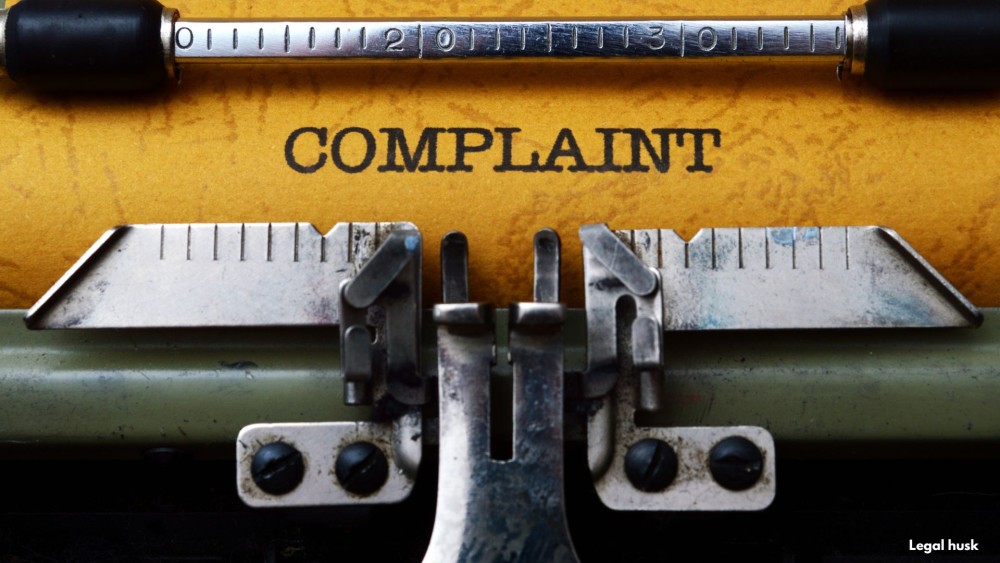Get Your Legal Documents Now!
Whether you are dealing with a complex family matter, facing criminal charges, or navigating the intricacies of business law, our mission is to provide you with comprehensive, compassionate, and expert legal guidance.

Fraud isn’t just dishonest—it’s actionable. Learn how to build a rock-solid civil fraud complaint with the right facts, legal strategy, and clarity to hold wrongdoers accountable.
Fraud is a serious legal allegation—and one of the most complex to prove in civil court. Whether stemming from business dealings, personal transactions, or contractual deceit, a fraud complaint must be detailed, factual, and legally airtight. This guide walks you through how to address fraud in a civil complaint, from identifying key elements to crafting a strong, court-ready claim.
Fraud involves intentional deception for personal gain. In civil litigation, it refers to a deliberate misrepresentation or concealment of facts with the intent to mislead, resulting in harm to another party.
Misrepresentation of a Material Fact: A false or misleading statement about something significant
Knowledge of Falsity: The defendant knew the statement was untrue
Intent to Deceive: The statement was made to manipulate or mislead
Justifiable Reliance: The plaintiff relied on the statement in a reasonable way
Damages: The plaintiff suffered actual harm as a result
Case Title: (e.g., Jane Doe vs. ABC Corporation)
Court Details: Name of the court, jurisdiction, and venue
Explain why the court has authority over both the subject and the defendant.
Describe the relationship between the parties and the context of the transaction or communication that led to the alleged fraud.
What was misrepresented?
When and how was it communicated?
How did the defendant know it was false?
How did the plaintiff rely on it?
What were the financial or reputational damages?
Example: The defendant misrepresented the profitability of a business investment, knowing the figures were false, which led the plaintiff to invest $25,000 and suffer a total loss.
Cite relevant laws supporting your case.
Example:
“Under [State] Civil Code §1572, fraud is defined as a misrepresentation made with intent to deceive. Defendant’s actions meet this standard due to their false financial statements.”
Specify what the court should award:
Compensatory Damages: To recover actual financial loss
Punitive Damages: To punish intentional fraud
Restitution: To restore what was wrongfully taken
Injunctive Relief: To prevent ongoing fraudulent conduct
Sign and verify the complaint. Some jurisdictions may require a notarized affidavit.
Small Claims Court: For lower-value fraud cases
Civil Court: For more substantial fraud claims involving contracts, real estate, or business dealings
Pay any required fees
File within the statute of limitations (typically 2–6 years, depending on the jurisdiction)
Use an accepted method of service—personal service, certified mail, or a process server. The defendant usually has 20–30 days to respond.
Defendant’s Response: They may admit, deny, or raise defenses
Discovery: Both parties exchange documents, communications, and records
Motions: The defendant may attempt dismissal if the complaint lacks legal merit
Settlement Talks: Many fraud cases settle out of court
Trial: If unresolved, the case proceeds to trial for a final judgment
Lack of Intent: The misrepresentation was accidental or due to mistake
No Damages: The plaintiff wasn't harmed by the alleged fraud
Expired Statute of Limitations: The plaintiff waited too long to sue
No Material Misrepresentation: The statement wasn't significant enough to influence action
Filing a fraud complaint isn’t just about calling out deception—it’s about proving it with precision. A successful fraud complaint must clearly outline the facts, intent, legal foundation, and harm caused. It must also meet strict pleading standards and overcome common defenses. With the right approach, your complaint becomes a powerful tool for justice.
💼 Let Legal Husk Help You Draft a Powerful Fraud Complaint
At Legal Husk, we know how to transform complex fraud claims into compelling, well-structured complaints that withstand legal scrutiny.
📌 Need help proving fraud in civil court?
We’ll help you lay out your case—from the misrepresentation to the damages—with clarity and confidence.
📞 Reach out today or visit us online to get started.
👉 Visit:
🔗 legalhusk.com
🔗 legalhusk.com/services
🔗 legalhusk.com/services/civil-litigation
🔗 legalhusk.com/about-us
💬 Start strong—start with Legal Husk.
🧠 Pro Tip: Fraud claims require specific facts. General accusations won’t cut it—use dates, names, and proof to back up every assertion.
📩 Need your fraud claim to hit hard and hold up in court?
Partner with Legal Husk for precise, legally grounded drafting that gets results.
Whether you are dealing with a complex family matter, facing criminal charges, or navigating the intricacies of business law, our mission is to provide you with comprehensive, compassionate, and expert legal guidance.
Comments